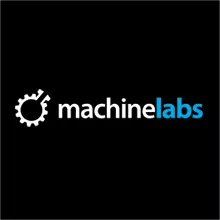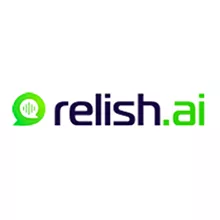Enterprise analytics and mobility platform
Data Extraction: What is it?
Data extraction is taking data from one source and transporting it to a new location, whether on-site, on the cloud, or a combination of both. Various tactics are used to achieve this goal, which might be difficult and are frequently conducted manually. Extraction is usually the initial stage in the ETL process of Extraction, Transformation, and Loading, unless data is extracted only for archiving purposes. This means that data is almost always processed after initial retrieval to make it usable for future studies. Despite the availability of very important data, one survey indicated that up to 43% of available data is ignored. Worse still, just 57 per cent of the data they gather is used. Businesses can't fully utilize the potential of information and make the best decisions without a mechanism to extract all forms of data, even the badly structured and unorganized. Working with a decent dataset is essential for ensuring that your machine learning model runs effectively. Therefore using a good data extraction strategy might have several advantages for your operations.
Data extraction types:
Business demands and analytical goals may decide whether extraction operations are planned, or analysts extract data on demand. There are three main methods for extracting data:
- Notification of changes : The simplest approach to extracting data from a source system is to have it send an alert whenever a record is modified. Most databases provide a means for supporting database replication (change data capture or binary logs), and many SaaS apps have webhooks, which are theoretically similar.
- Extraction in stages : Although some data sources cannot offer notification of an update, they can detect which records have been updated and provide an extract of those records. The data extraction algorithm must recognise and transmit changes during later ETL phases. Because there is no way to observe a record that is no longer there, incremental extraction may not be able to discover deleted entries in source data.
- Complete extraction : You must perform a thorough extraction the first time you replicate any source. Certain data sources have no method of identifying data that has changed, so reloading an entire table may be the only option to receive data from that source. However, full extraction is not ideal if you can prevent it because it entails large data transfer volumes, which might strain the network.
What is the significance of data extraction?
Most businesses in today's world will need to extract data at some time. The requirement comes as part of a bigger shift to a cloud-based data storage and management platform for many firms. Others require data extraction to upgrade databases, consolidate systems following an acquisition, or merge data from several business divisions.
- Make well-informed choices: Enterprises begin by swiftly obtaining raw data from critical sources to get business insight for faster, better decision making.
- Staff should be focused on high-value tasks: Manual procedures are time-consuming and expensive in terms of the human resources required to complete them. Businesses may reduce the administrative strain on IT workers by automating data extraction operations, enabling them to focus on higher-value duties.
- Error is minimized : When staff manually enters data into systems, they are certain to enter incomplete, erroneous, and duplicate data. Companies may eliminate mistakes in their business-critical data by implementing automated data extraction systems.
- Boost your output : Manual data input is time-consuming and error-prone, but it's also a tedious process that many staff despise. However, many businesses have discovered that allowing employees to focus on their primary responsibilities and more significant tasks boosts individual and overall productivity and benefits the bottom line.
You can check this link for other referenced articles.




























































































